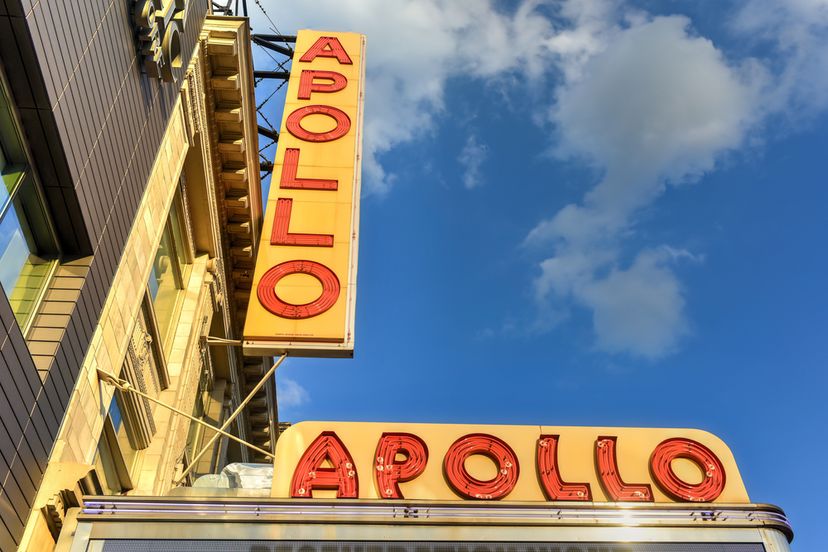
Harlem, on the north side of Manhattan, hasn’t always had the best reputation and, in fact, many travelers have avoided this area of the city. Once characterized as a rough neighborhood where one was likely to get into trouble, Harlem has been a predominately African-American community since the 1920s. Harlem served as a major cultural center for African-Americans and many immigrant groups throughout the 20th century, which means the neighborhood is rich in history and significance. These days, Harlem should be a must-visit for anyone traveling through the Big Apple—to not go is to miss too much.
Advertisement
8. Morris-Jumel Mansion
Harlem was originally founded in 1658 by the Dutch; the area is named after Haarlem in the Netherlands. The Morris-Jumel Mansion was built over a century later, in 1765, by retired British Colonel Roger Morris. Today, the house is the oldest house in the borough of Manhattan. The house has had many celebrity inhabitants since that time, with the most famous being George Washington himself. Washington used the house as a vantage point to direct his Continental Army against the British during the Revolution. Today, the house is not only a treasure trove of Palladian detailing, but also host to many cultural and educational events, such as art shows by international art stars. The house has been designated a New York City landmark and a National Historic Landmark.
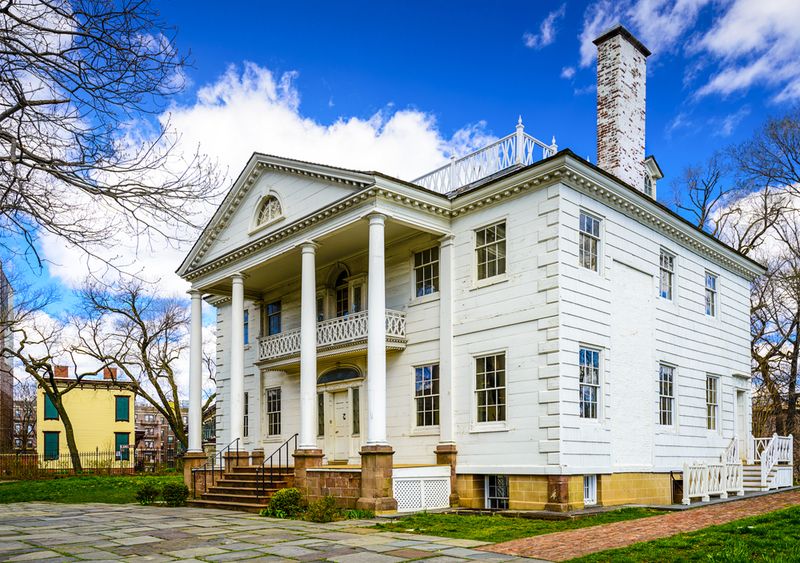
7. Cathedral of St. John the Divine
Although the Cathedral of St. John the Divine remains unfinished, it claims 4th place on a list of largest Christian churches not just in the Big Apple, but in the whole world. There’s also debate about whether or not it is the largest Anglican cathedral in the world. The cathedral, originally designed with a Byzatine-Romanesque Revival sensibility, was built in the late 1800s. Ongoing construction in the early 20th century saw the design switched to a Gothic Revival plan. The church was damaged in a large fire in 2001 and underwent reconstruction; it reopened in 2008, but construction is still ongoing. The cathedral features the longest Gothic nave in the U.S., as well as the largest rose window. Thanks to its size, the cathedral is often to host to large events, including art exhibitions, and it functions as the seat of the Episcopal Diocese of New York City.
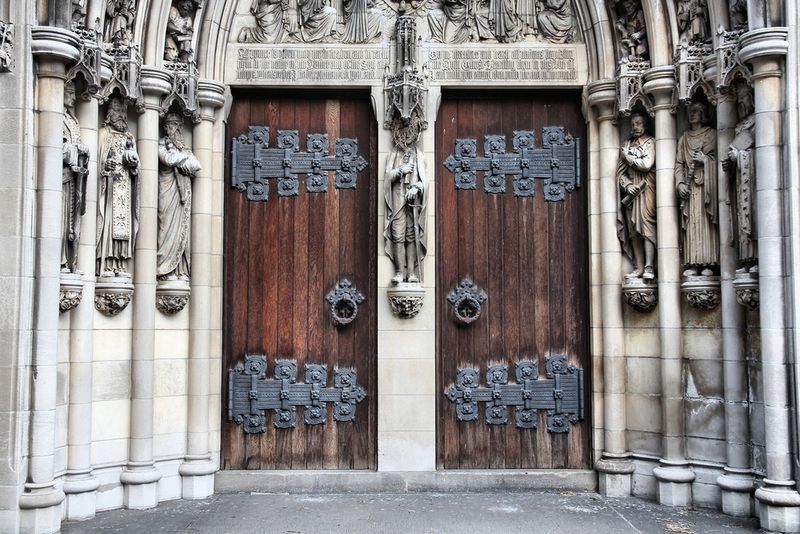
6. Studio Museum in Harlem
Enough about colonial heritage; let’s talk about the rich African-American cultural history that Harlem is famous for. The Studio Museum is one of the best ways of getting at some of that legacy—the museum is famed for exhibiting works by artists of African descent and has been doing so since 1968. The museum’s artist-in-residence program has supported over 100 highly regarded artists as their careers developed, and it has played a significant role in expanding public awareness about African-American art and literature. To accomplish this, the museum hosts a number of public education events, including lectures, performances and interpretive programming, all of which aim to foster awareness and appreciation for an oft-overlooked group of modern artists and writers. The museum is open for tours Thursday through Sunday, and is open late on Thursday and Friday evenings.
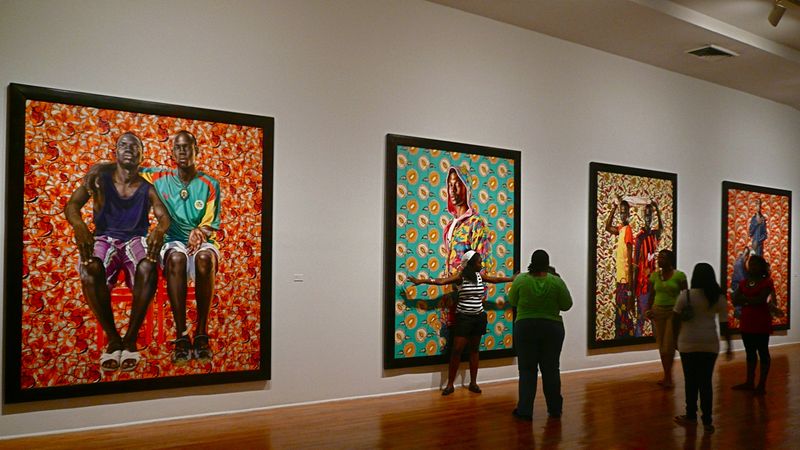
5. El Museo del Barrio
African-Americans were long the largest group in Harlem, but they weren’t the only ones to claim the neighborhood as home. Many immigrants landed in Harlem; Harlem also has a large Latino community. El Museo del Barrio is an homage to that heritage, and is one of New York’s leading Latino cultural institutions. Located on the city’s famous Museum Mile, El Museo celebrates Latino artists, Caribbean cultures and Latin American heritage. It also functions as a meeting place for those looking to discover more about these vibrant art scenes and cultures. El Museo’s wide-ranging collections have won awards and are complemented by films, literature and performances of visual and dynamic art. Current exhibits include works by Rodriguez Calero, Presente! The Young Lords in New York and a number of collages.
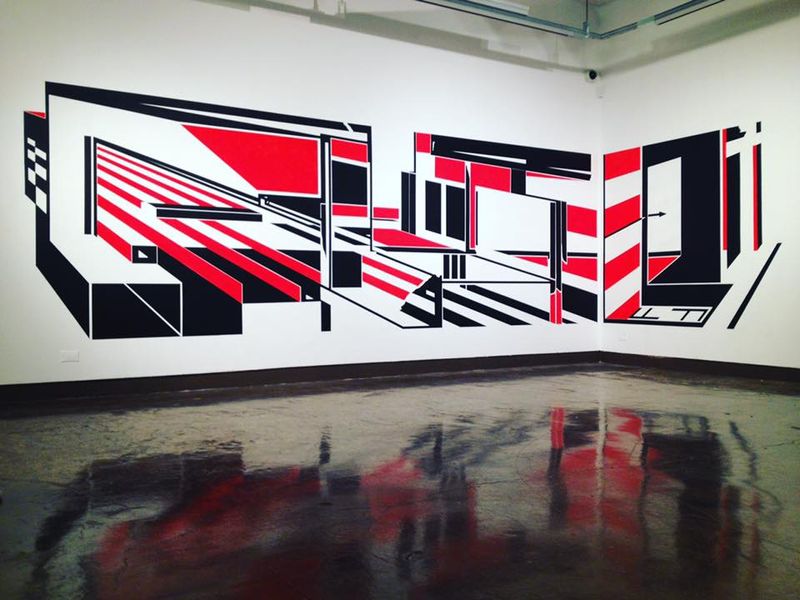
Advertisement
4. Gospel Wednesdays
There’s a saying New Yorkers know: if it’s Wednesday, it’s Gospel in Harlem. The community’s black roots have led to a vibrant tradition of Gospel performance in Harlem, and many residents still participate—especially mid-week. To that end, several walking tours centered around this tradition have emerged in the neighborhood: the Hallelujah! Tour offers an hour of uplifting music, with options for dining after. Another tour, entitled “If it’s Wednesday, it’s Gospel in Harlem,” runs twice a day, at 11:30 and 5:30. This tour takes visitors through the Hamilton Heights and Strivers Row communities, before joining an hour-long Gospel service. The New York Visions Sightseeing company also offers a Harlem Gospel tour, which visits some of the iconic sights of the neighborhood before allowing visitors to experience Gospel in Harlem.
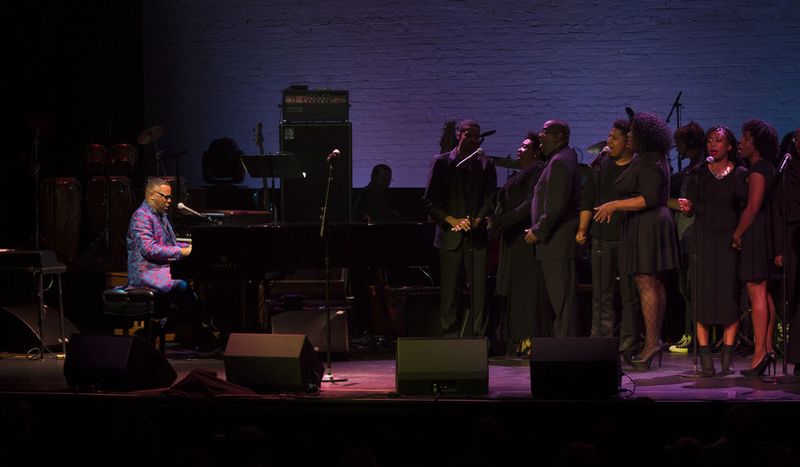
3. Walking Tours
Speaking of walking tours, there are a great many of them in the five boroughs and it seems that more of them are cropping up each day. Harlem is no stranger to that trend; there are walking tours in the community that cater to just about every taste and interest. There are the several Gospel walking tours (Hallelujah, “If it’s Wednesday …” and the Harlem Gospel tour by the New York Visions Sightseeing company). In addition, there are walking tours through various neighborhoods, like Sugar Hill, Washington Heights, Hamilton Heights and Central Harlem. A culinary tour through West Harlem will intrigue foodies and a swing dance tour, which includes a dance class, will appeal to those who want to try something new. There’s scarcely a better way to discover Harlem!
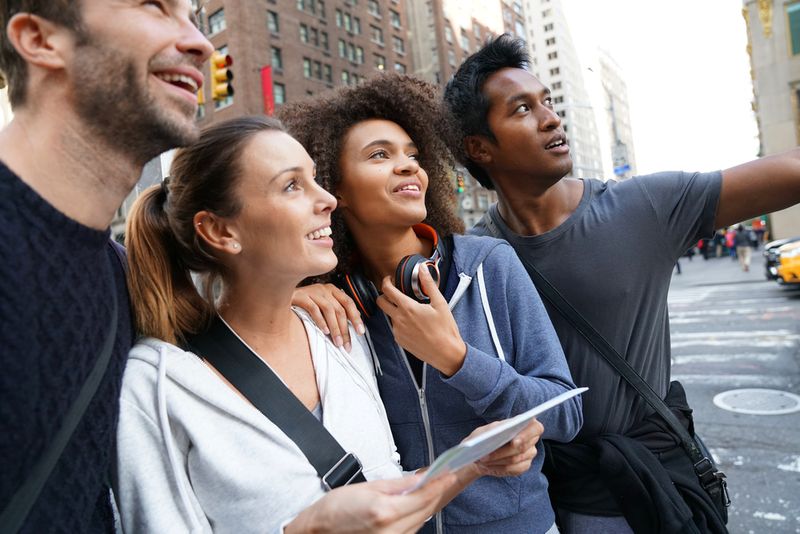
2. Ristoranti Settepani
The five boroughs have a reputation for hosting some of the best restaurants in the world; many of them are helmed by world-class chefs and offer up gourmet menus. Harlem hasn’t really been a hot spot for the culinary scene, however; most of those restaurants are concentrated in the neighborhoods of lower Manhattan. That said, Harlem has a vibrant culinary scene, and walking tours will allow you to sample some of the best Harlem has to offer. One of the must-visit locales is Ristoranti Settepani, owned by Leah Abraham. In operation for over a decade now, Settepani has an eclectic menu that reflects the evolution of the eatery and its focus on community. As a result, Ristoranti Settepani has become something of a meeting place for all sorts: long-time residents, newcomers and tourists all find themselves at the crossroads of this eatery.
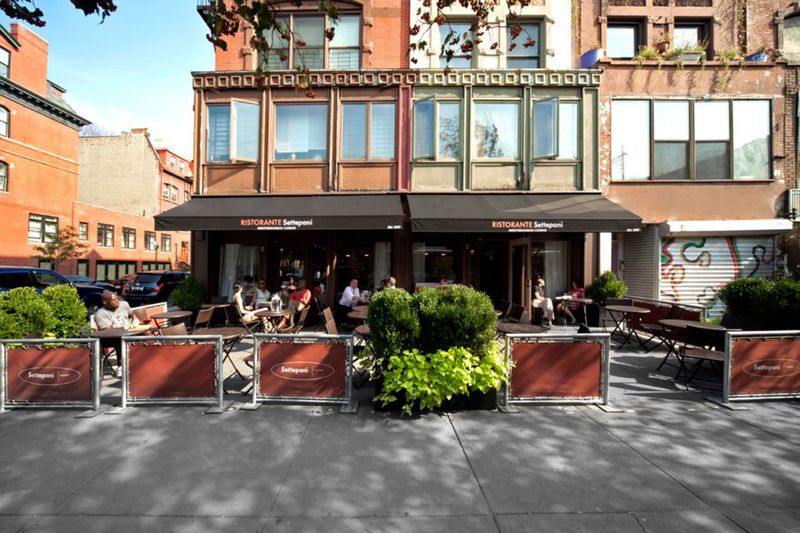
1. Historic Central Harlem
If you visit Harlem, then there is one destination that stands above them all as a must-visit: historic central Harlem. The center of the neighborhood has served as a touchstone for important cultural movements, like the Harlem Renaissance, and as a meeting place for Harlem’s African-American community. As such, it is the home of the Lindy Hop and swing and jazz still echoes through its streets. The central district still serves as the center of Harlem’s art community, which remains just as vibrant as it has been in bygone eras. Visit the world-renowned Apollo Theater, which launched the careers of noted African-American singers like Ella Fitzgerald and booked big-name acts like Aretha Franklin and the Supremes. Music, clearly, is important to Central Harlem and the history of the neighborhood; history buffs and music aficionados alike will find plenty to delight them in Central Harlem.
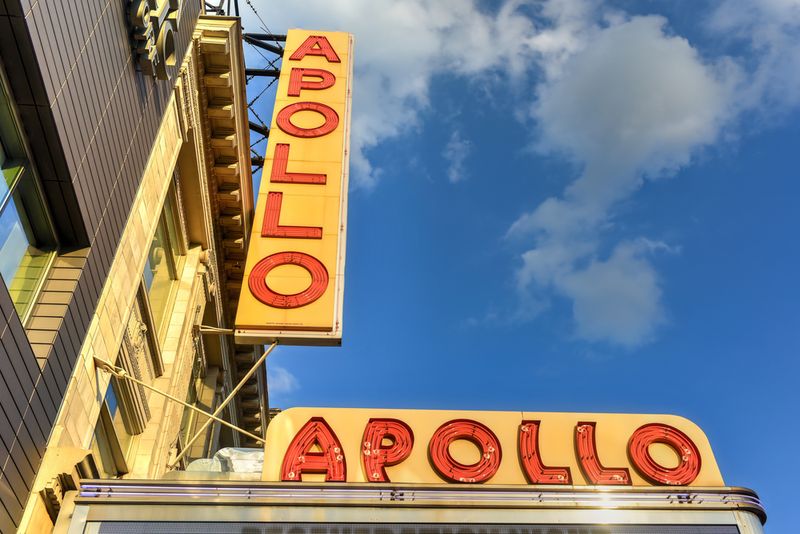
Advertisement